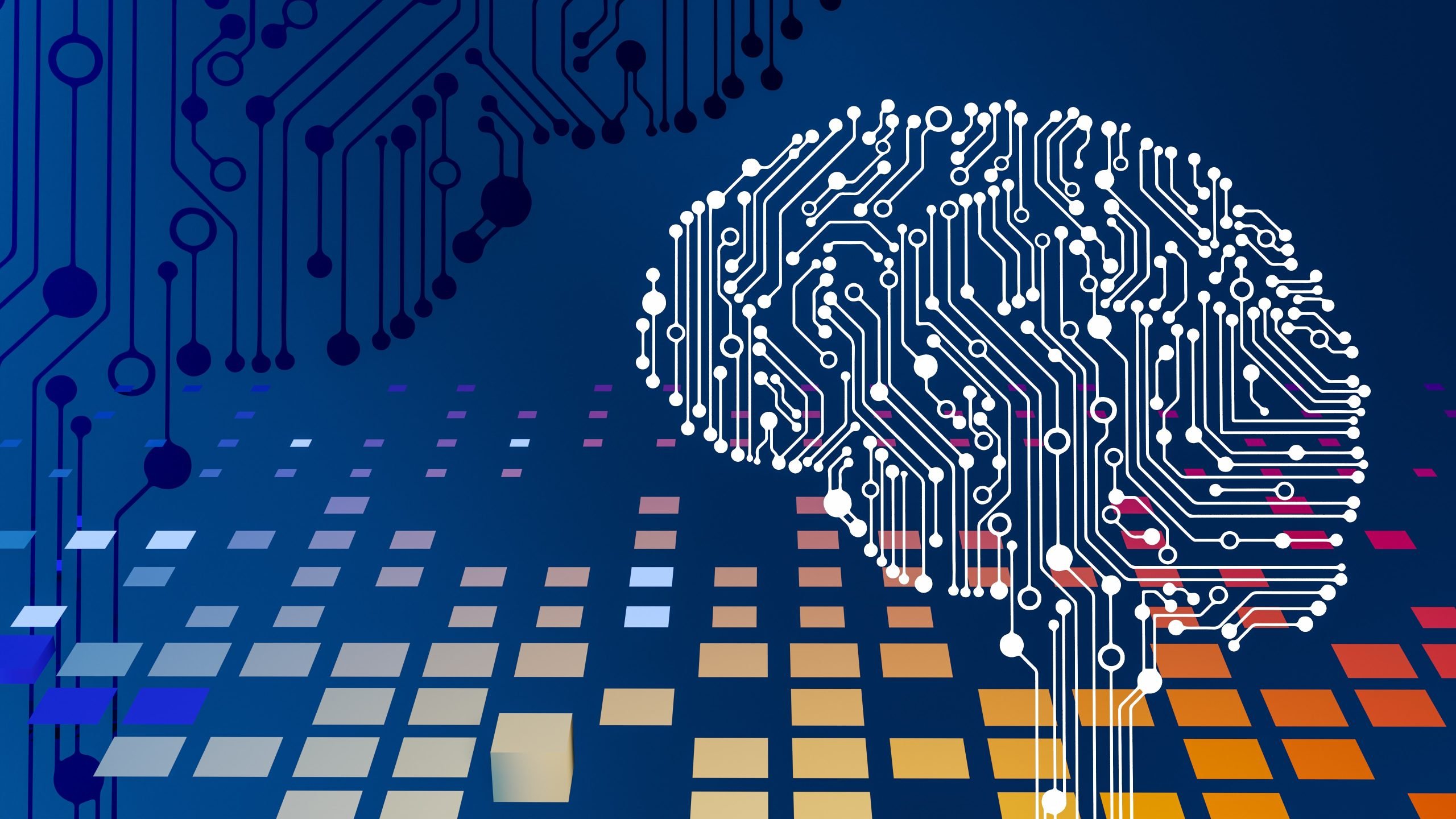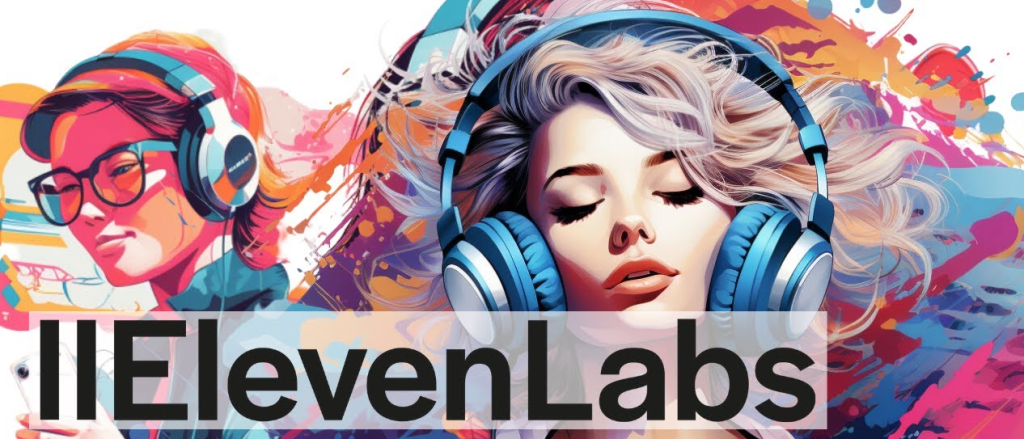AI in Video Production and Editing + The Future
The world of video production is undergoing a profound transformation, thanks to the integration of Artificial Intelligence (AI).

The world of video production is currently undergoing a profound transformation, and at the heart of this evolution lies the integration of Artificial Intelligence (AI). AI is progressively becoming a driving force in shaping the future of the video production industry, streamlining tedious tasks, and revolutionizing creative processes. In this article, we’ll delve into the present state of AI in video production, explore the strides made in AI technology for production and editing, discuss emerging trends, and assess the impact on the video industry. We will also address the challenges and ethical considerations accompanying this rapid technological advancement in video production.
The Current State of AI in Video Production
Automation of Repetitive Tasks
One of the most tangible impacts of AI in video production is the automation of repetitive tasks. Video editing, for instance, has greatly benefited from tools like Adobe Sensei. Cutting-edge AI algorithms can efficiently analyze vast amounts of video footage, selecting the most relevant clips, thus reducing editing time and effort.
Furthermore, AI-powered video software can automate video color correction, audio editing, and even the placement of subtitles and captions, enhancing the overall quality of video content during the editing process. This not only boosts efficiency in video production but also allows editing professionals to concentrate on the more intricate and imaginative aspects of video content creation.
Content Analysis and Recommendation
AI has become highly proficient at analyzing video content. It can identify objects, scenes, and even emotions within videos. This capability finds applications in content recommendation systems employed by streaming platforms. Algorithms analyze user behavior and preferences, suggesting tailored content to individual tastes.
For example, when you finish watching a movie on Netflix, the platform relies on AI to suggest similar titles that might pique your interest. This not only keeps viewers engaged but also aids platforms in retaining subscribers.
Post-Production Editing Enhancements
AI has revolutionized video post-production processes, particularly video editing. Visual effects and CGI (Computer-Generated Imagery) have made significant strides, allowing video editors to create more realistic and visually stunning scenes. AI algorithms for video editing can seamlessly integrate CGI into live-action footage, blurring the lines between reality and fiction in a video.
Moreover, AI-driven video editing tools can enhance the quality of soundtracks and music in videos. Audio restoration algorithms powered by AI can remove unwanted noise and improve overall audio quality, providing a more immersive viewing experience.
Advancements in AI Technology
Machine Learning and Deep Learning
Advancements in machine learning and deep learning have been pivotal in AI’s role in video production. Neural networks are now extensively used for image and video analysis. These networks can identify objects, people, and even emotions in videos, enabling automated tagging, indexing, and content categorization during and after video production.
Natural language processing (NLP) is another crucial area of development in artificial intelligence for video. Video AI algorithms can analyze spoken language in videos and generate subtitles or even translate them into multiple languages, making video content accessible to a global audience.
Computer Vision in Video Production
Computer vision, a subset of AI, has found numerous applications in video production. Object recognition and tracking algorithms are used for various purposes in the video industry, from following actors on screen to tracking the movement of products in commercials. These artificial intelligence algorithms can also identify scenes and settings in a video, helping video producers and editing teams catalog and organize their footage more efficiently.
Furthermore, AI-driven visual effects (VFX) and CGI have reached new heights of realism in video. AI video algorithms can simulate complex physics and generate lifelike animations, reducing the time and video production resources required for traditional video animation and editing techniques. AI video editing is currently one of the biggest applications of artificial intelligence in video production.
AI-Generated Content Creation for Videos
AI’s role in video content creation is expanding rapidly. For instance, AI can generate video scripts and video storyboards based on specific parameters, such as video genre or target audience. This can streamline pre-production processes for any video and help video content creators experiment with ideas quickly.
In addition, AI-driven video animation and graphics are becoming increasingly sophisticated. These video production tools can create intricate animations and graphics for videos in a fraction of the time it would take a human video effect artist. Some video generator tools, such as Synthesia, are even beginning to generate entire videos through artificial intelligence. AI-powered tools and app packages for voice generation are also rapidly becoming more realistic.
Future Trends in AI Video Production
AI-Driven Storytelling
The future of AI in video production is likely to be heavily influenced by AI-driven storytelling. Predictive analytics will play a significant role in understanding audience engagement with video content. By analyzing viewer behavior, AI algorithms can predict which story elements are likely to captivate the video audience, leading to more compelling and personalized video content.
Real-time adaptation to viewer preferences is another exciting prospect for AI in video. Imagine a TV show or movie that adjusts its plot or character development based on individual viewer reactions. AI could make this a reality, creating a more interactive and engaging viewing experience.
Virtual Production and Augmented Reality
Virtual production and augmented reality (AR) are areas where AI is poised to have a profound impact. AI can be used to create virtual video sets and backgrounds, reducing the need for physical sets and locations. This not only saves time and resources but also allows for more creative flexibility in video production.
Interactive and immersive video content experiences are also on the horizon in the video production world. AI can enable viewers to interact with video content in real-time, making them active participants rather than passive observers. This could revolutionize video entertainment, education, and training.
AI Ethics and Challenges for Videos
As AI becomes increasingly integrated into video production, it’s essential to address ethical concerns and challenges. Ensuring responsible AI use in video is paramount. Content creators and video platforms must be transparent about the use of AI in their productions and adhere to ethical guidelines for the video industry.
Moreover, compliance with data privacy laws is a significant challenge in video, especially when AI algorithms analyze user behavior and preferences. Striking a balance between personalization and privacy will be a key challenge in the coming years.
Addressing biases in AI algorithms is another crucial ethical consideration. AI systems, including video systems, trained on biased data can perpetuate stereotypes and inequalities. Therefore, it’s essential to continually assess and mitigate biases in AI algorithms to ensure fairness and inclusivity in content creation.
Industry Adoption and Impact
Major Players Embracing AI
Several major players in the video production industry are already embracing AI. Hollywood video studios, known for their creativity and innovation in their video content, are using AI-driven tools for tasks such as script analysis, content recommendation, and even casting decisions. AI tools can help studios identify trends and predict which types of movies or TV shows are likely to resonate with audiences.
Streaming platforms like Netflix and Amazon Prime have also been at the forefront of AI adoption. Their recommendation systems are powered by AI algorithms that analyze user behavior and preferences to suggest video content. This personalization not only improves user engagement but also helps these video platforms retain subscribers.
Artificial Intelligence Impact on Job Roles and Employment
The integration of AI tools in video production is transforming job roles within the video industry. While it streamlines many tasks, it also creates new opportunities in AI-related roles.
Traditional roles like video editors and colorists are seeing their responsibilities evolve as AI automates certain video-related tasks. However, these video professionals are still essential for the creative decision-making process and ensuring the overall quality of the final product.
On the other hand, new roles related to AI, such as AI scriptwriters, data analysts, and AI system operators, are emerging. These roles require a deep understanding of AI technologies and their applications in video production.
Challenges and Considerations
Ethical and Regulatory Concerns
The rapid adoption of AI in video production raises significant ethical concerns. Ensuring responsible AI use in video is crucial to avoid misuse or harm. Video industry stakeholders must establish clear ethical guidelines for video and adhere to them throughout the production process.
Compliance with data privacy laws, such as GDPR in Europe, is essential when AI algorithms analyze user data for content recommendations. Video platforms must obtain user consent and handle data responsibly to protect user privacy.
Addressing biases in AI algorithms is a persistent challenge. AI systems can inadvertently perpetuate biases present in training data. Ongoing monitoring and adjustments to AI models, including those on video platforms, are necessary to mitigate these biases and promote fairness and inclusivity in content creation.
Technology Limitations and Biases
AI, while promising, is not without its limitations. Technical challenges, such as the need for vast amounts of data and computing power, can hinder the widespread adoption of AI in video production. Smaller production companies may face barriers to entry in the video industry due to these resource requirements.
Moreover, biases in AI algorithms can lead to unintended consequences. For example, AI systems trained on biased data may perpetuate stereotypes in the content they create. Recognizing and addressing these biases is an ongoing process that requires vigilance and commitment.
Future Prospects and Uncertainties
The future of AI in video production holds immense promise, but it also comes with uncertainties. Predicting the exact trajectory of AI’s impact on the video industry is challenging, and unexpected disruptions may occur.
While AI can streamline many aspects of video production, it cannot replace the creativity and intuition of human video creators. The collaboration between AI and human video professionals is likely to define the video industry’s future.
In conclusion, the future of AI in video production is bright and filled with possibilities. From automating mundane tasks to enhancing video creativity and personalizing content for viewers, AI is reshaping the video industry in profound ways. However, as with any transformative technology, it comes with its share of challenges, including ethical considerations and the need to address biases in video recommendations.
As industry professionals, creators, and consumers, it is our responsibility to embrace AI in video production responsibly and ethically. By doing so, we can unlock the full potential of this technology, ensuring that it enhances our creative endeavors while promoting fairness, inclusivity, and respect for privacy. The future of AI in video production is not just about technology; it’s about the responsible and imaginative use of technology to tell compelling stories through video and create meaningful experiences for audiences around the world.

